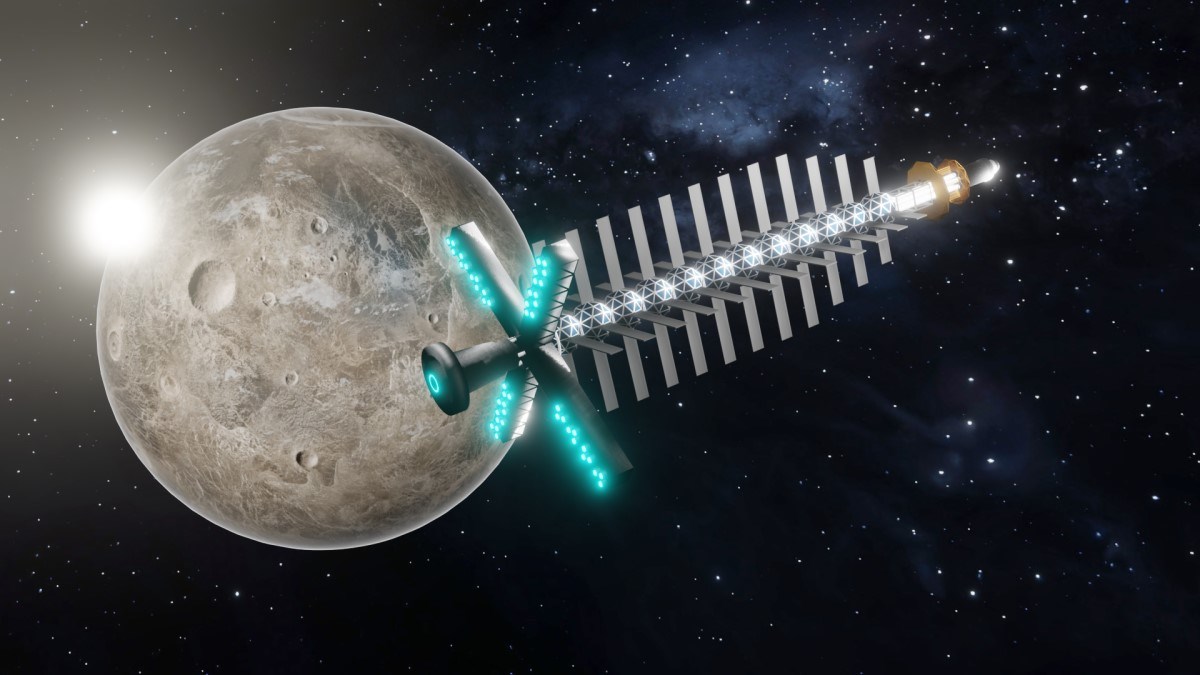
See in full size
There are plenty of solar energy in certain areas on the surface of the moon. However, the nights on the Moon are much longer than the Earth – 14th World Days last. This makes solar energy no longer a reliable resource. In addition, solar panels become dysfunctional in these regions, as many of the craters at the poles of the Moon are constantly shadowed.
Energy problem is approaching the solution on the moon
Managed by Tracttebel as a solution to these challenging conditions and financed by EURATOM PULSAR Consortium, radioizotop power system (RPS) developed a nuclear energy source called. This system is radioactive Plutonium-238 (PU-238) Produces electricity with the natural degradation of isotope and offers a long-term, uninterrupted energy source.
See in full size
The Pulsar team carried out extensive engineering activities to ensure that the system is resistant to extreme temperature changes, radiation environment and mechanical challenges of the Moon. As a result of the tests, the system that thermal-electric transformation efficiency can reach 20 percent stated.
In addition, important measures were taken in terms of security. The system is designed to be safely launched from the French Guyanası. On the other hand, Europe is currently dependent on the production of plutonium-238. Another goal of the Pulsar Consortium is to ensure strategic independence in space discoveries by establishing Europe’s own PU-238 production infrastructure.
In the future, a significant portion of the discovery works on the Moon will focus on examining water ice and other valuable resources in permanent shaded craters that do not receive sunlight. However, since solar panels cannot be used in these regions, the need for nuclear energy is increasing. This system also aims to contribute to Europe’s upcoming Argonaut Moon landing mission.
https://www.youtube.com/watch?v=qJAXB47zQEU
This news, Our mobile application download and download,
You can read at any time (even offline):





